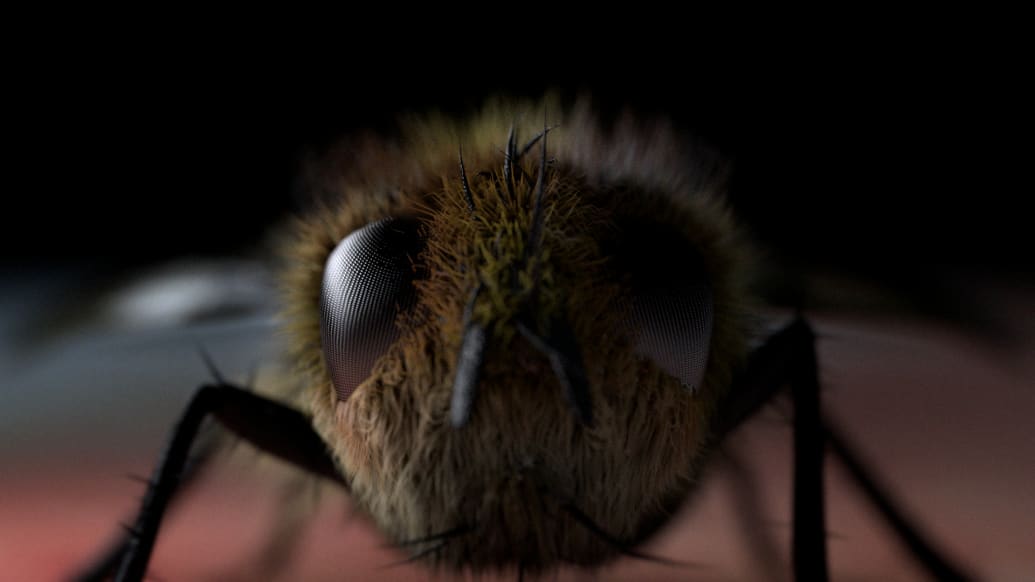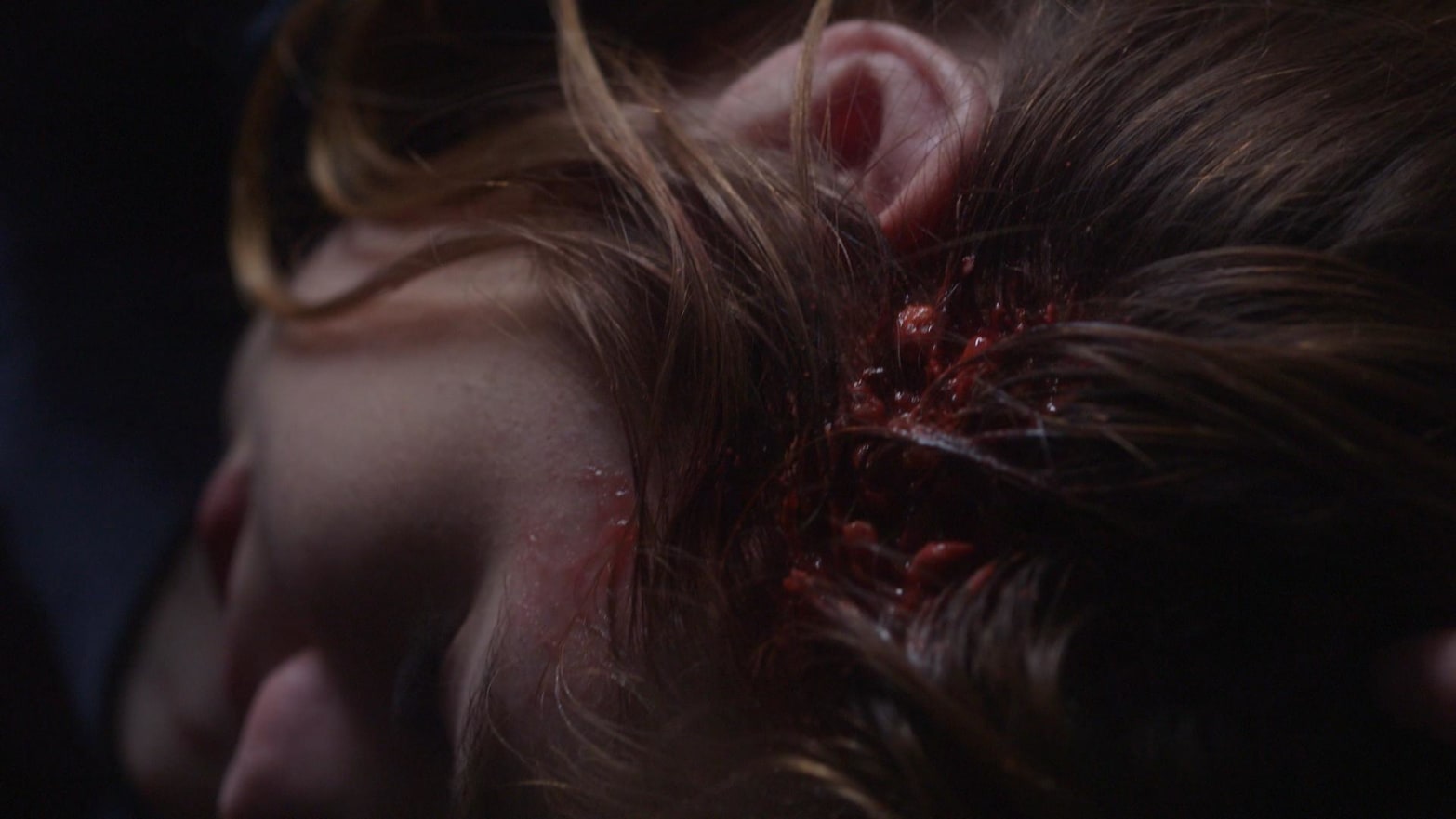I am a bat biologist. It’s what I do, but it’s also who I am. In that role, I see myself as a heroic defender of the underdog. People love to say they love animals, but they usually really mean they love pandas and tigers and lemurs—cute things. Most people don’t give a thought to things like sharks or snakes, and they certainly don’t care about bats. In fact, many people hate bats. They see them as vermin, or are even scared of them. To me, bats are the loveliest creatures on Earth, and I’ve always believed that if people could just get to know the bats, they’d come to love them, too. Once you see how charismatic they can be, a person is bound to want to conserve them just as much as they want to save the pandas and the lemurs.
But that simple outlook didn’t adequately prepare me for working on Animal Planet’s Monsters Inside Me. Before that could happen, I needed to go deeper. Fortunately, I took a trip across the world to see the endangered New Zealand short-tailed bat, Mystacina tuberculata. And although I went to meet that bat, I had a chance encounter with a fly there that changed me.
There are more than 1,300 kinds of bats on Earth, and the one in New Zealand is truly one of the most exciting among them. After a night of setting up nets in the forest and waiting for bats to fly through, we finally caught one, and I managed to get it in my hand.
So I’m holding this bat, experiencing true bliss, admiring it, memorizing it, when suddenly a long-legged, yellow, spider-like insect emerges from the fur near its rear end. I admit I got a little spooked. When the insect started crawling quickly up the skin of my hand, I admit I might have screamed slightly. I also admit I might have jumped up and down and slapped at it like a thrashing fish. But it didn’t fall off. In fact, it was soon crawling up my wrist. So I whacked it, pinched it, and then crushed it between my finger and thumb as hard as I could. I may also have said some swear words.
As soon as I’d done that, my colleague Stuart Parsons swatted my arm with the back of his hand. “This is a National Park, Dan,” he said.
“What? It was a fly!”
I’d seen batflies before—blood-sucking flightless flies that live in the fur of bats—though admittedly never one this huge.
“That kind of fly is only found in the fur of these endangered bats, Dan. You absolutely cannot kill those. They’re found nowhere else.”
At first I thought he was joking, but as I stood there in the dark of that New Zealand forest, holding that bat, I realized my whole relationship with the animals I studied had been flawed. I needed to rethink my identity as a “bat” biologist.
Stuart Parsons (the guy who hit me) is a Kiwi biologist who loves bats just as much as I do, but his perspective is much more mature than mine was. To him, bats aren’t some oppressed underdogs that need defending. To him, a bat is part of a complex network of living things—and it’s the network, not the bat, that needs defending.
He’s not a bat biologist. He’s a biologist.
I’d been focused on the bats, but that animal crawling through the fur of the bat was equally deserving of respect.

Animal Planet
I learned later that unlike most batflies, the one I’d met that night doesn’t drink its host’s blood at all. Instead, it just eats bat poop. That diet, along with its shape and size set it totally apart from all the other batflies. It really was a unique, exotic animal, and I had crushed it before I could even get a good look at it.
That experience changed me. If you ask me now if I love animals, I’ll still say yes. And if you ask me which ones I love most, I’ll still talk about bats. But I’ve realized I was using my own thoughts about which animals were most charismatic as a barometer for who deserved conservation and who didn’t. I see now how obviously ridiculous that was.
Once you get to know any creature, there’s something inherently beautiful to it, and besides, a human opinion is irrelevant anyway. My passion for bats still drives me to do the work I do, but I’ve realized now it’s not really the reason that work needs to be done. Those flies have as much right to conservation as the bats and the pandas. Parasites, while dangerous, are fascinating and deserve to be understood and studied.
When the opportunity finally came to work on Monsters Inside Me, I was ready. That fly in the forest in New Zealand opened my eyes to the wonderful world of parasites.

